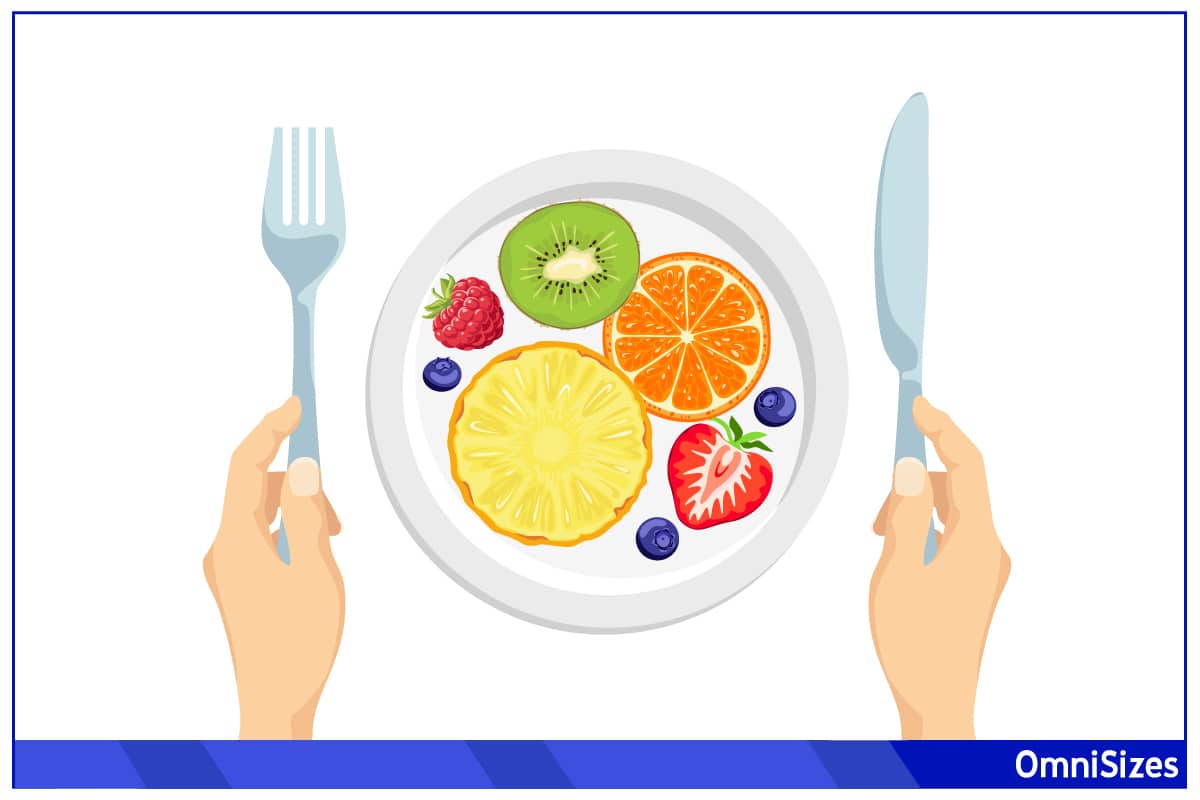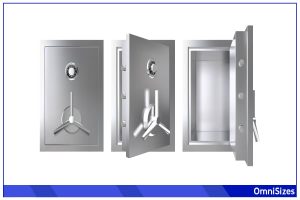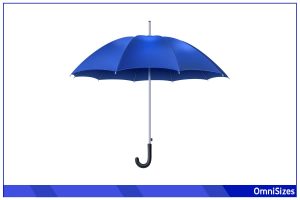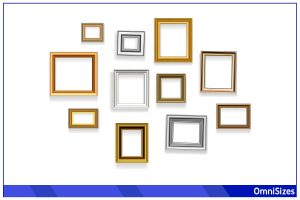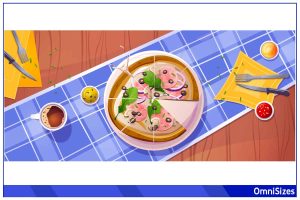Choosing the right dinner plate can transform your dining experience, turning an ordinary meal into something special. Dinner plate sizes play a key role in how we present and enjoy our food, and they can even impact everything from portion sizes to table aesthetics.
Typically, dinner plates come in various sizes, ranging from 10 inches (25 cm) for standard plates to larger sizes like 12 inches (30 cm) for more generous servings. Smaller plates, often around 7 inches (18 cm), are also common, especially for lighter meals.
This guide will describe dinner plate sizes in more detail, as well as plate sizes for other meals of the day. Stick around if you’d like to learn more about how to enhance your at-home dining experience with plates!
Why Does Plate Size Matter?
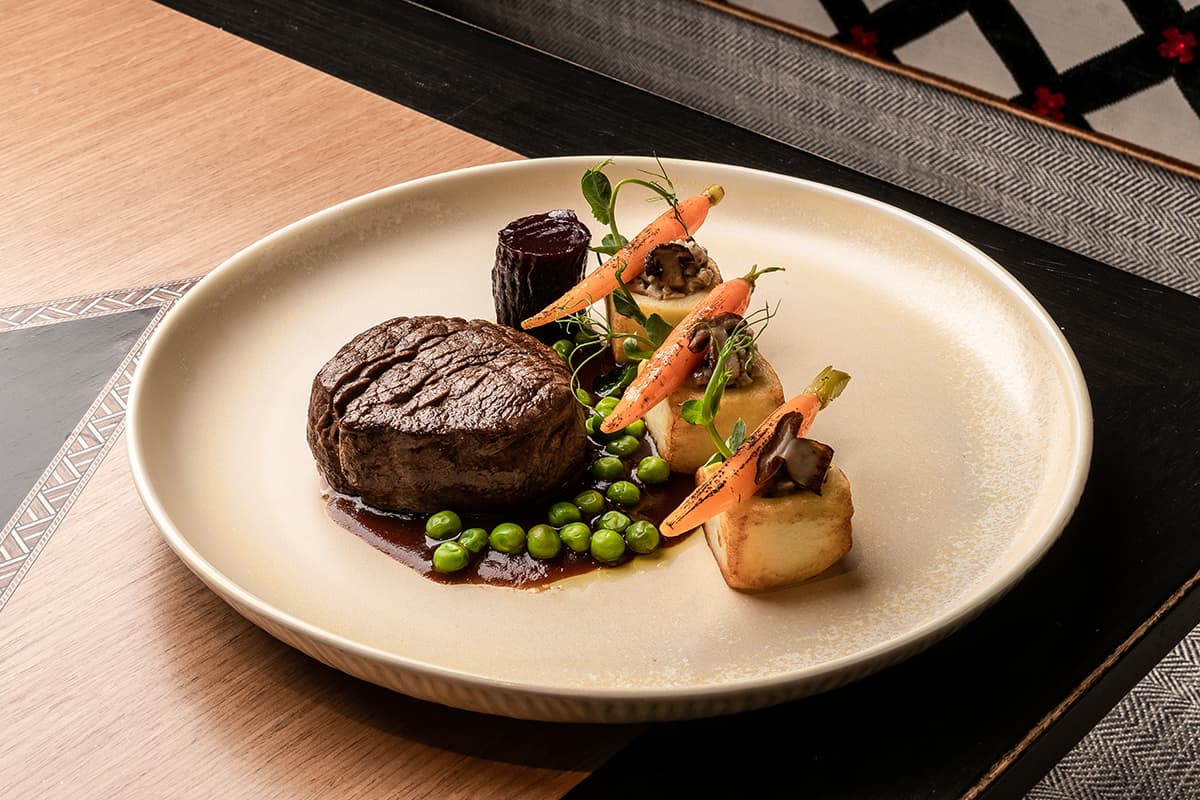
Ever wondered why your grandma’s vintage plates seem smaller than your modern ones? It’s not just a style thing; the size of your dinner plate matters more than you might think.
1. Influencing Portion Sizes
One of the most straightforward reasons plate size matters is portion control. It’s simple: larger plates can make it tempting to serve more, leading to larger portions. A study even found that switching plate sizes can reduce the amount of food you eat without leaving you feeling any less satisfied.
2. Enhancing Food Presentation
Have you noticed how fancy restaurants use large plates with carefully arranged food? That’s because plate size plays a big role in food presentation.
A larger plate offers more ‘white space’, allowing each dish component to stand out. This not only makes the food look more appealing but can also enhance your perception of the meal’s quality and taste. Smaller plates, on the other hand, are perfect for desserts and appetizers, focusing your attention on the delicacy of these smaller servings.
3. Setting the Dining Mood
Larger plates lend themselves to a more relaxed, leisurely dining experience, inviting you to enjoy your meal slowly. Smaller plates can create a more intimate, exclusive dining atmosphere. Whether it’s a casual family dinner or a formal event, choosing the right plate size can help create the desired ambiance.
Dinner Plate Sizes
When it comes to setting the table, the size of your dinner plates shapes your entire dining experience. From cozy family dinners to grand holiday feasts, the size of your plate sets the stage for the meal to come.
1. Standard Dinner Plates
The most common dinner plates usually measure around 10 to 11 inches in diameter. These are the go-to for everyday meals. They’re large enough to hold a main course with a couple of sides, but not so big that they dominate the table.
2. Salad and Dessert Plates
These plates typically range from 7 to 8.5 inches. They’re the smaller sidekicks to the main dinner plate, perfect for serving salads or desserts. Their size is intentionally smaller to accommodate lighter fare and complement the main course without overshadowing it.
3. Appetizer Plates
Slightly smaller than salad plates, appetizer plates usually measure around 6 to 7 inches. They’re ideal for small bites, hors d’oeuvres, or canapés before the main meal. Their petite size makes them easy to handle during cocktail parties or stand-up gatherings.
Plate Sizes for Other Meals of the Day
Each meal of the day, from breakfast to lunch, calls for different types of plates, dishes, and bowls. Let’s break down what works best for each meal.
Breakfast Plates
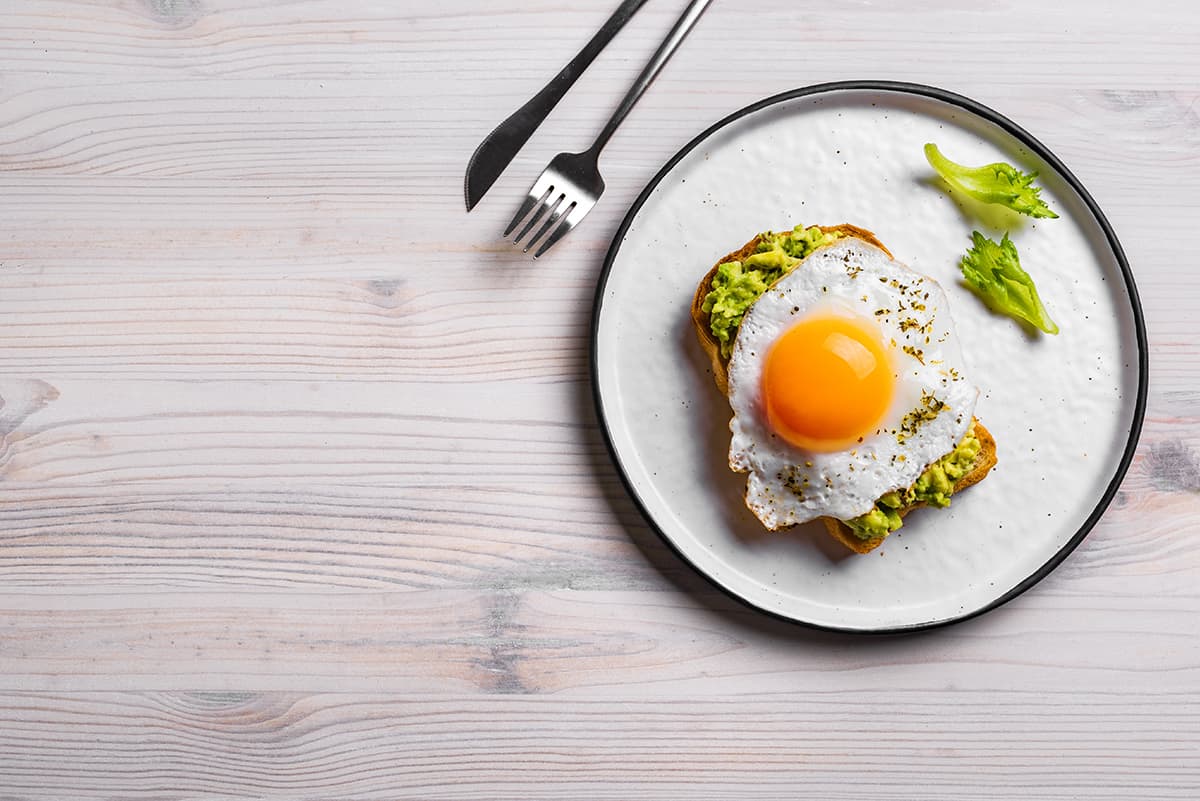
- Standard Breakfast Plates: These are usually around 8 to 9 inches in diameter. Ideal for a classic breakfast of eggs, toast, and bacon, they offer enough space without making portions look lost.
- Cereal Bowls: For a typical breakfast of cereal or oatmeal, bowls around 6 to 7 inches in diameter are perfect. They are deep enough to hold a hearty amount of your favorite cereal or oatmeal without spillage.
- Fruit and Yogurt Bowls: Smaller than cereal bowls, these are about 5 to 6 inches. They’re perfect for a light breakfast of yogurt and fruit, providing just the right amount of space for a healthy start.
Lunch Plates
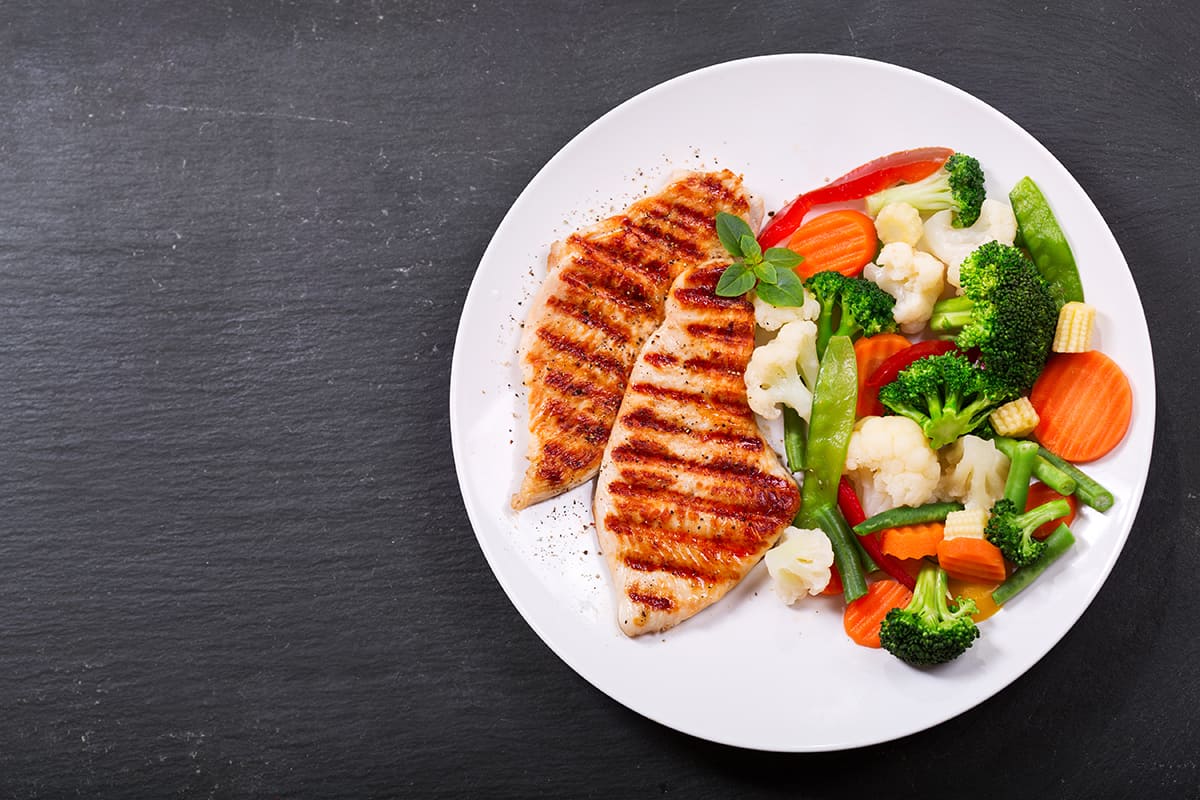
- Lunch Plates: These plates are typically around 9 to 10 inches. They’re slightly smaller than dinner plates, making them perfect for a midday meal that’s satisfying but not overly heavy.
- Soup Bowls: For soups and stews, bowls around 7 to 8 inches in diameter work well. They’re deep enough to hold a warming lunchtime soup or stew without being too bulky for a lunch setting.
Snack and Tea Time
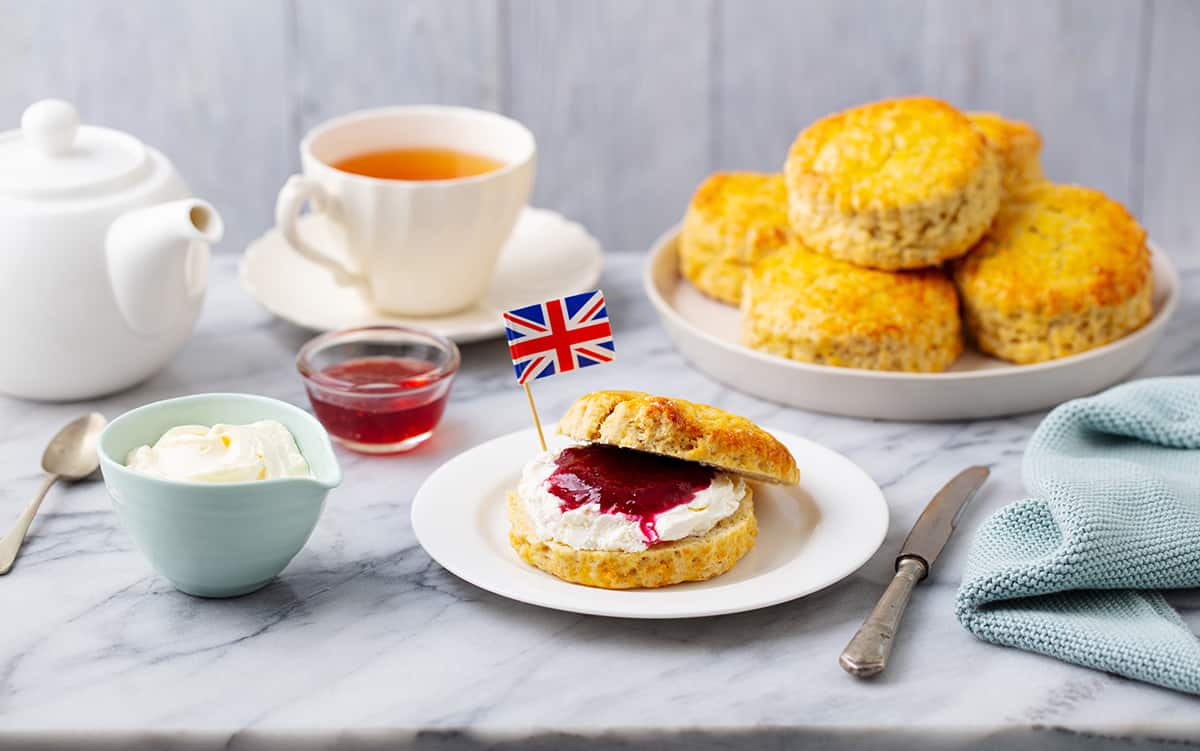
- Snack Plates: Measuring about 6 to 7 inches, these plates are perfect for a mid-afternoon snack. They’re just the right size for a handful of nuts, some cheese and crackers, or a small piece of fruit.
- Teacups and Saucers: Teacups are usually about 4 to 5 inches in diameter, with saucers around 6 inches. They make your tea time more enjoyable, providing a perfect place for your tea and a small biscuit or cookie.
Plate Sizes for Special Meals and Occasions
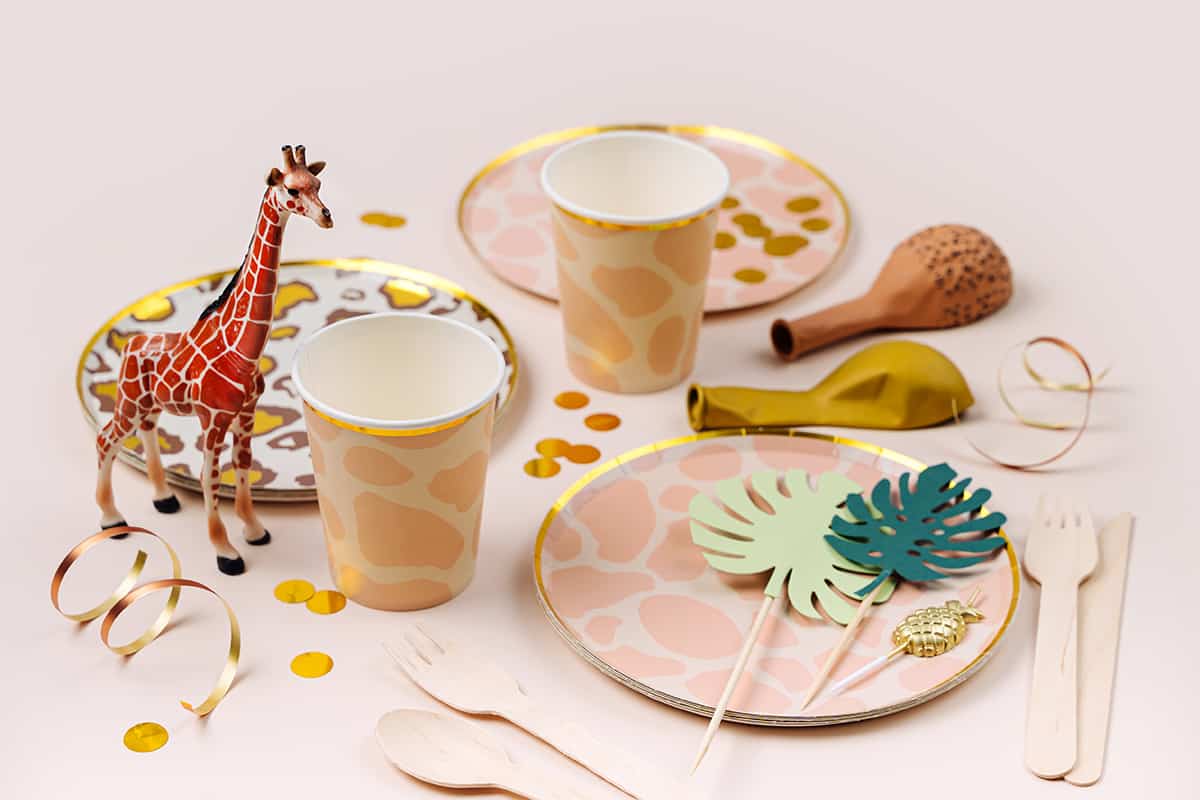
Special meals and occasions call for special table settings, and the size of your plates plays a big part in making these events feel extra special.
Holiday Feasts
- Large Dinner Plates: Go for plates around 11 to 12 inches in diameter. They offer ample space for a hearty serving of turkey, ham, or roast, along with all the trimmings.
- Buffet Plates: Slightly larger than regular dinner plates, around 12 inches, these are great for buffet-style holiday meals where guests might want to sample a bit of everything.
Birthday Parties
For cake and sweet treats, dessert plates around 7 to 8 inches are ideal. They’re just the right size for a slice of birthday cake and a scoop of ice cream.
Elegant Dinner Parties
Choose plates around 10 to 11 inches, which are perfect for elegantly plated main courses. They provide enough space for a beautiful presentation without making portions look skimpy.
Barbecues
You can’t go wrong with traditional 8.5-inch disposable plates! Don’t worry about doing loads of dishes when the party’s over—simply toss all the dirty plates in a large trash bag, and half the cleanup is done!
